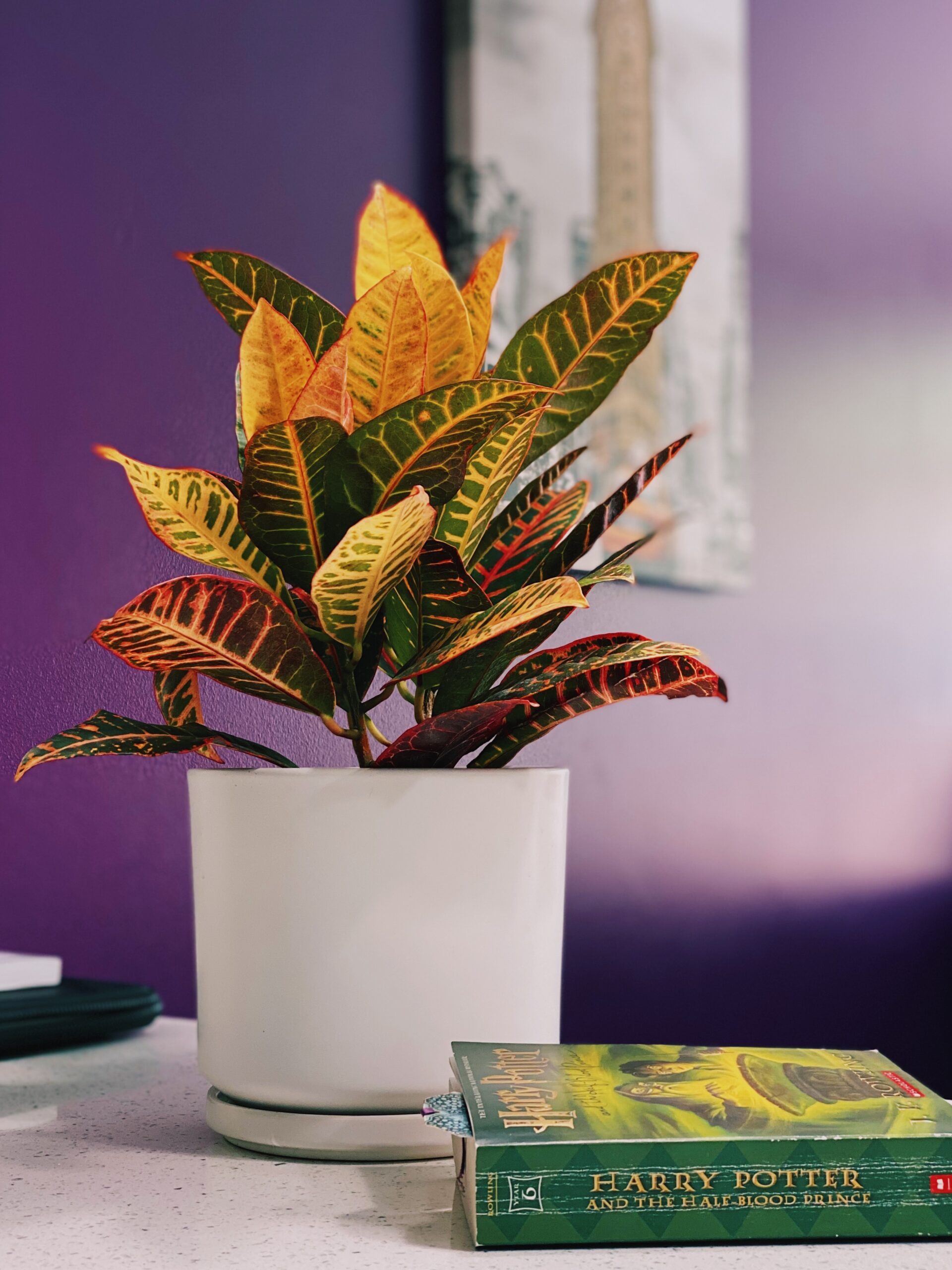Identifying a Plant with Orange-Red Leaves and White-Purplish Flowers

Have you ever come across a plant with vibrant orange-red leaves and delicate white-purplish flowers? If you’re not sure about its name or characteristics, don’t worry! In this blog post, we will help you identify this stunning plant and learn more about its features.
The plant we are talking about is commonly known as Croton. Croton is a popular ornamental plant that is cherished for its striking foliage and beautiful flowers. Let’s dive into the details to help you confirm if the plant you have is indeed Croton.
Appearance
Croton plants are renowned for their colorful foliage. The leaves of Croton can vary in shape, but they are typically large, broad, and leathery. The most distinctive feature of Croton is its vibrant orange-red leaves. The intensity and pattern of the colors can vary among different varieties of Croton, but the overall effect is always eye-catching.
In addition to the breathtaking leaves, Croton also produces small white-purplish flowers. These flowers may not be as showy as the foliage, but they add a delicate touch to the overall appearance of the plant.
Care Requirements
If you want to keep your Croton healthy and thriving, it’s important to provide it with the right care. Here are some essential care tips:
- Light: Croton plants prefer bright, indirect light. They thrive in well-lit areas but should be protected from direct sunlight, as it can scorch their leaves.
- Water: Croton plants like to be kept evenly moist but not waterlogged. It’s crucial to avoid overwatering, as it can lead to root rot. Allow the top inch of soil to dry out before watering again.
- Temperature and Humidity: Croton plants prefer warm temperatures between 60°F and 85°F (15°C – 29°C). They also appreciate high humidity levels. Consider using a humidifier or placing the plant on a pebble tray to increase humidity.
- Soil: Croton plants thrive in well-draining soil. A mix of peat moss, perlite, and potting soil is ideal for their growth.
Other Characteristics
In addition to its stunning appearance, Croton has some other interesting characteristics:
- Variegation: Some varieties of Croton have variegated leaves, meaning that they have multiple colors or patterns on their foliage.
- Toxicity: It’s important to note that Croton plants are toxic to both humans and pets. Keep them out of reach or consider choosing a pet-friendly alternative.
Conclusion
If you have a plant with orange-red leaves and white-purplish flowers, it is most likely a Croton. With its vibrant foliage and delicate blooms, Croton is a popular choice for adding a touch of color and beauty to any indoor or outdoor space.
Remember to provide your Croton with the right care, including proper lighting, watering, temperature, and soil conditions. Enjoy the stunning display of colors and watch your Croton thrive!


